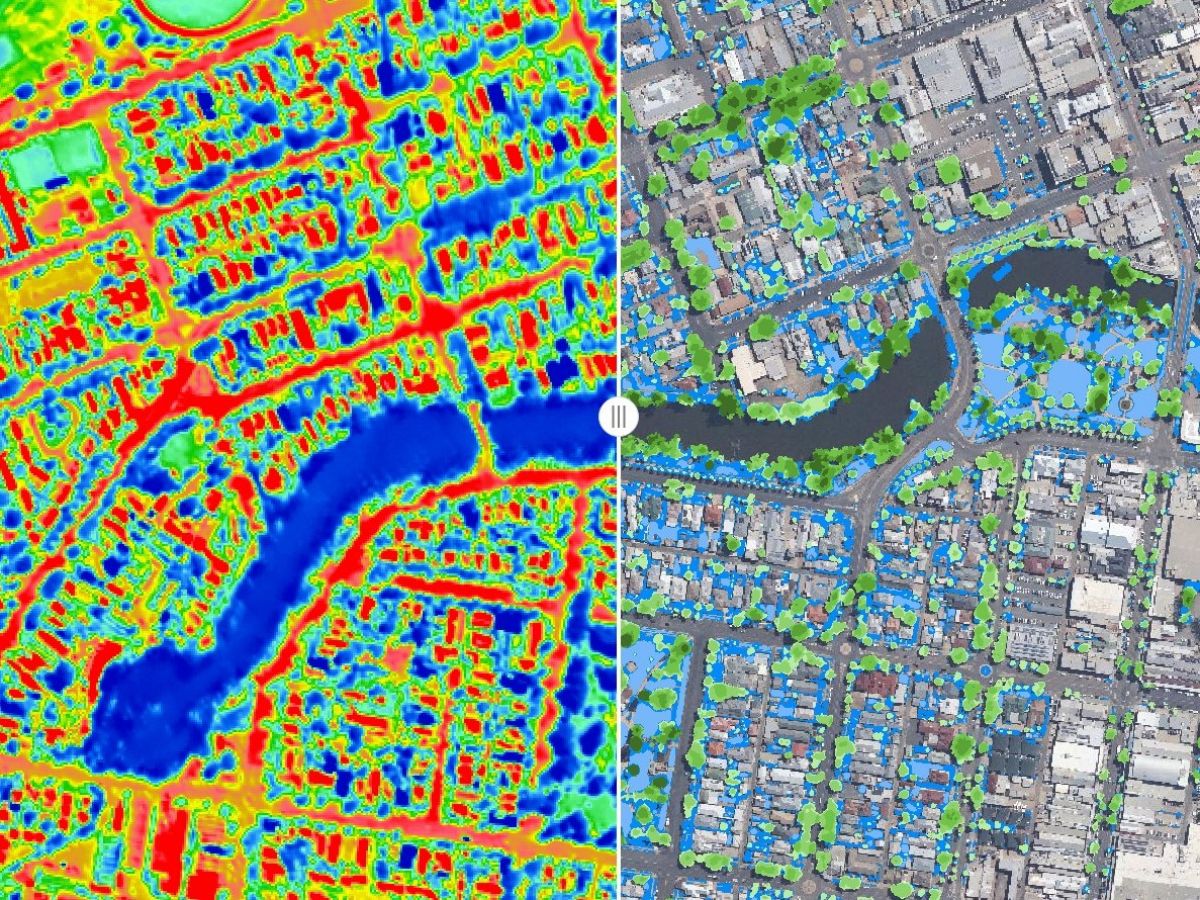
Complete the Urban Tree Cover Survey
Published: 20 Jan 2022 4:36pm
Council launched the Urban Tree Cover Survey this week, which asks residents to share their thoughts on trees in gardens, public spaces and roadsides, and nominate locations for additional plantings.
As our climate heats up, urban areas become significantly warmer due to hard surfaces and their ability to absorb, store and radiate heat – otherwise known as the urban heat island effect.
Environmental Coordinator Carly Hood said one of the best ways to reduce the urban heat island effect is to increase the amount of shade in our city and, in particular, in our own backyards.
“It might surprise residents to know that most of the land available for additional trees is locked up in backyards and out of Council’s control,” Ms Hood said.
“That’s why we’re really keen to work with residents to dramatically increase the number of trees in backyards.
“Trees are an incredibly important tool to help keep our homes cooler, reduce our electricity bills, clean the air we breathe, and protect our region’s biodiversity.
“When you see heatmaps of urban areas, properties with trees and full gardens are much cooler than those with minimal gardens and lots of hard surfaces.”

Ms Hood said there were many suitable options for all kinds of backyards.
“Our definition of canopy is anything over 3 metres. There are many species that will provide shade and help keep your house cool without blocking your view or endangering you in a storm. Different types of bottlebrushes, for example, grow from between 3 to 5 metres, provide lovely shade as well as flowers to feed birds and bees, and fill your garden with life.
“As long as you ensure you plant with enough room from your house and your neighbour’s house, there’s plenty of room in most people’s backyards to put in at least one extra tree.”
The establishment of tree cover targets was identified as an action under Council’s Biodiversity Strategy: Maldhangilanha 2020–2030.
The Urban Tree Cover Survey will help Council create the Urban Cooling Strategy, which will be released for public feedback in autumn of this year. The survey closes 7 February 2022.
You can complete the survey at connect.wagga.nsw.gov.au
